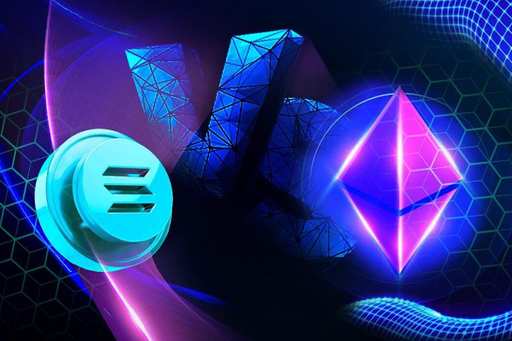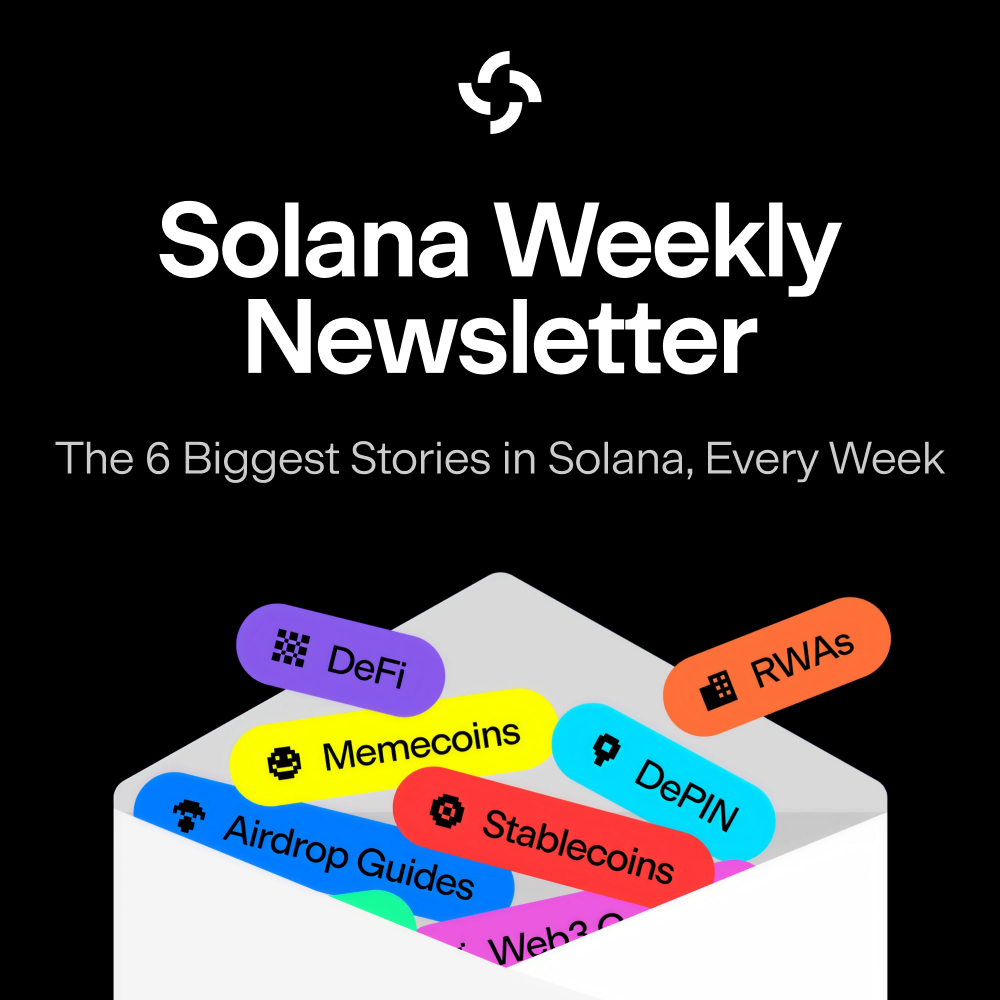
Toly Thinks Ethereum Could Be an L2 to Solana
Anatoly Yakovenko, Solana founder, provides a nuanced perspective on the potential of Solana and Ethereum serving as L2 solutions for each other, highlighting technical and economic challenges.
- Published:
- Edited:
As the decentralized finance (DeFi) ecosystem continues to evolve, inter-blockchain communication and compatibility become critical discussions within the space. Anatoly Yakovenko, commonly known as Toly, the founder of Solana, has expressed intriguing opinions on Solana and Ethereum's potential to serve as layer two (L2) solutions for each other.
Starting with the question of Solana's potential as an Ethereum L2, Toly offered an exploratory, if somewhat doubtful, perspective. He opined that while theoretically plausible, Solana becoming an Ethereum L2 would face significant technological and economic challenges.
From a technical perspective, the rate of rollback on Ethereum would potentially slow down finality, leading to more rounds for re-ordering. Furthermore, Solana’s peak capacity goal would demand an extremely high number of concurrent committees working solely on Solana blocks within Ethereum's dank-sharding architecture.
However, it was the economic implications that Toly found most challenging. He raised concerns over whether data availability on Ethereum 2.0 could competitively match the wholesale data center prices that Solana validators receive. The efficiency of Solana is largely due to the protocol's ability to consume increasing amounts of bandwidth, which subsequently lowers network costs.
Would it be possible for ethereum to be a @solana L2? Probably more likely than you might think at first glance. L2s are bridge protocols that provide one way security. In this setup, holders of solana assets on ethereum would have finality guarantees that they can exit back… https://t.co/XE5ETsxGIW
— toly 🇺🇸 (@aeyakovenko) July 2, 2023
Despite these doubts, Toly suggested that embedding Solana's data availability on Ethereum would enhance security for users transacting wrapped Ethereum assets on Solana. Yet, he emphasized that this is an area requiring further research, particularly in cross-chain data availability challenge protocols.
Turning to the potential of Ethereum as a Solana L2, Toly outlined a more promising scenario. He elaborated on how Ethereum's transactions could be integrated into Solana and provided security guarantees for Solana asset holders on Ethereum. To achieve this, Ethereum transactions would need to be submitted to Solana, an SPV root for the resulting state would have to be established, and a bridge timeout would allow for the proof of a fault.
However, Toly raised an important caveat: while it would be safe to hold Solana assets on Ethereum, it would not be advisable to lend them or maintain positions against them due to the risk of Ethereum faults. In such cases, Ethereum's state on Solana would become disconnected from Ethereum's social consensus fork, rendering Ethereum's representations on Solana worthless.
In a censorship scenario, where Ethereum fails to post transactions to Solana, the Solana state root would effectively become worthless. To illustrate this, Toly highlighted the possibility of infinitely raising the gas fee to prove that Ethereum is non-functional.
In conclusion, Toly's insights on the two platforms' layer-two possibilities provide a nuanced view of the complexities in the rapidly evolving DeFi landscape. His explorations underscore the potential and challenges of interoperability, setting the stage for further research and development in blockchain protocol integration. While these challenges may appear formidable, they are crucial steps towards fostering a more robust, secure, and efficient decentralized ecosystem.


